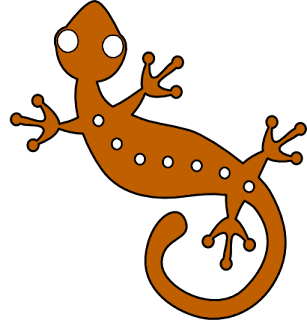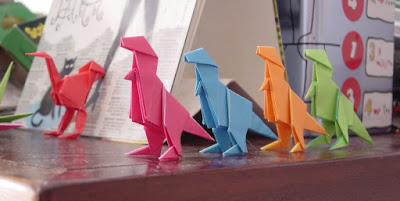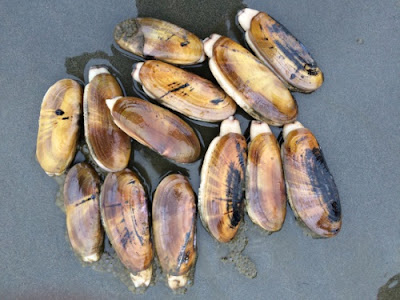The Energy-Efficient Albatross

Have you ever seen a Gooney Bird riding the wind? If so, you would probably have to have been in windy latitudes. It got that nickname because of its take-off and landing clumsiness, and mayhaps because of amusing courtship dances. It is more formally known as the albatross. Northern Royal Albatross image credit: Wikimedia Commons / JJ Harrison ( CC by-SA 3.0 ) Some look like an overgrown seagull in some ways, but with much longer wingspans. They can stay at sea for a mighty long time, too. But they rely on wind currents (something that researchers want to imitate for unmanned aerial vehicles), so they spend some time in the water when the wind dies down and pick up again with the winds. Creationists have studied the kinds of these birds that went on the Ark, as there are many species of albatrosses. There are other related birds as well. Graceful. In control. Effortless. That’s how the wandering albatross (Diomedea exulans) has appeared to generations of sailors on the f...


















